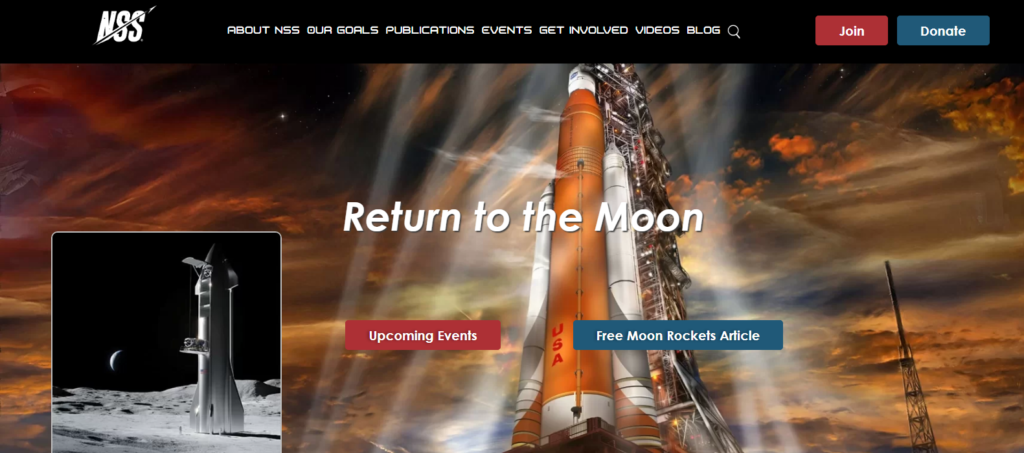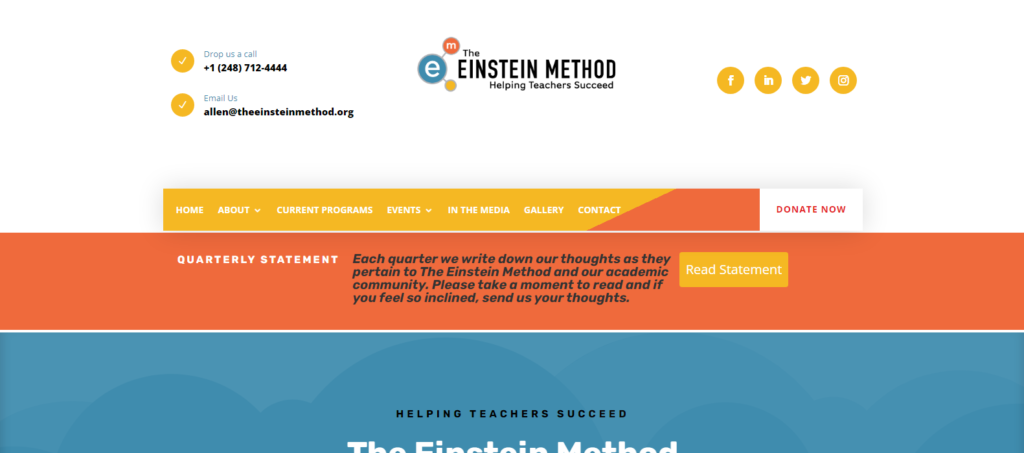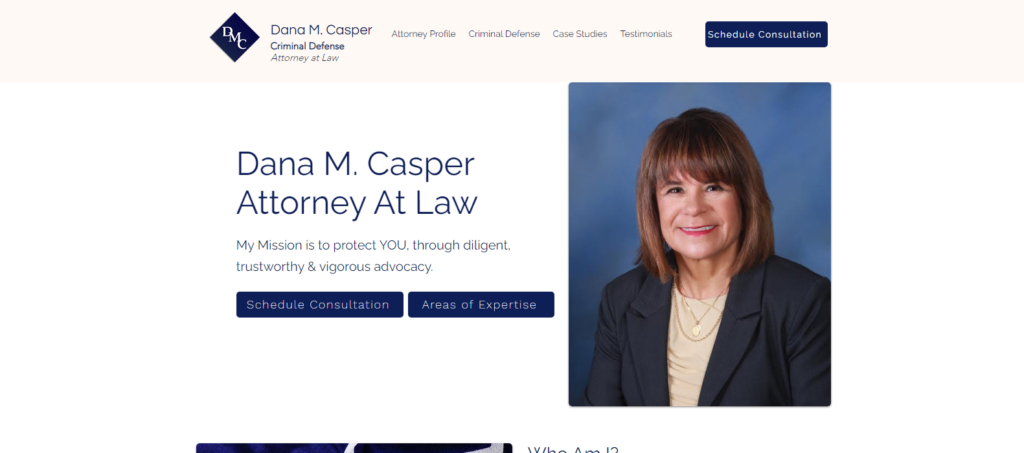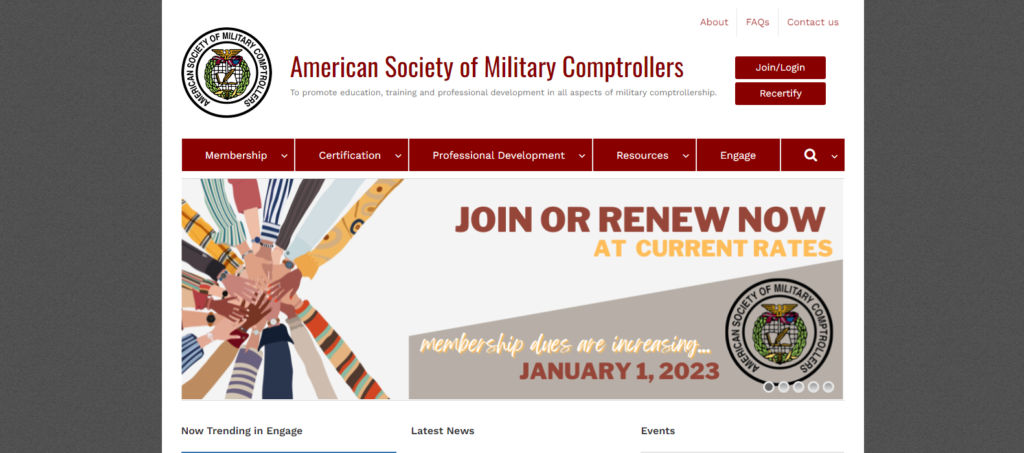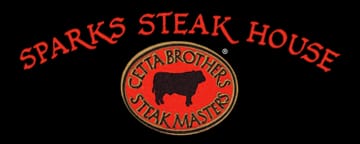Website Terminology Glossary
Cache
A website cache is a mechanism for temporarily storing web page data, such as HTML pages, images, and other files, in order to reduce the amount of time it takes for the page to load on subsequent requests.
When a user visits a website for the first time, the web browser sends a request to the server to retrieve the page content. The server then sends the data back to the browser, which displays the page on the user’s screen. When the same user visits the website again, the browser can retrieve the page content from its cache, instead of requesting it from the server again. This can significantly reduce the time it takes for the page to load, as the browser does not have to wait for the server to respond.
Caching can be implemented on the server side or client side. Server-side caching involves storing cached data on the server itself, while client-side caching involves storing cached data in the user’s browser or device.
Website caching can provide several benefits, such as:
Faster page load times
By reducing the amount of data that needs to be transferred between the server and the browser, website caching can significantly improve page load times.
Improved website performance
Caching can reduce the load on the server, which can help to improve website performance and reduce server response times.
Reduced bandwidth usage
Caching can reduce the amount of data that needs to be transferred between the server and the browser, which can help to reduce bandwidth usage and lower hosting costs.
Improved user experience
Faster page load times and improved website performance can lead to a better user experience, which can help to increase engagement and reduce bounce rates.
Website caching is an important optimization technique that can help to improve website speed, performance, and user experience.
Need Help With Cache ?






